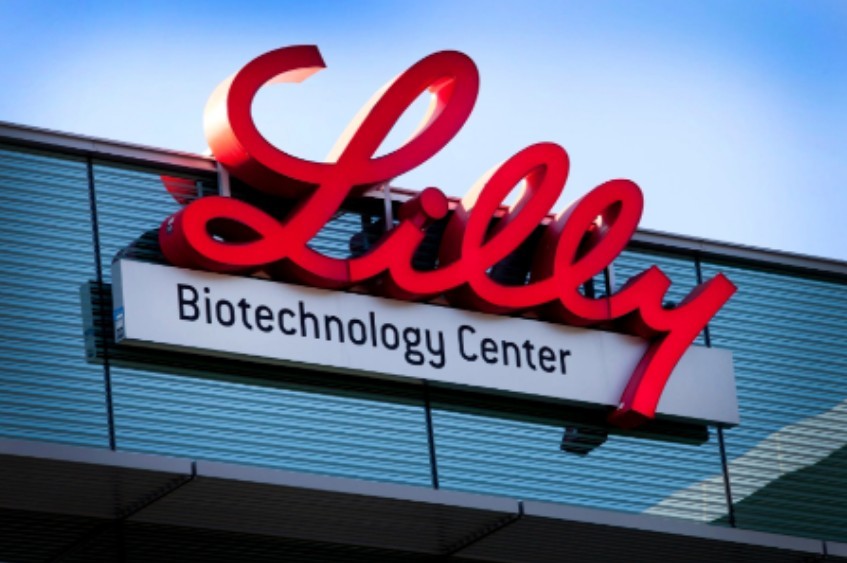Is Eli Lilly Stock a No-Brainer Buy After Its FDA Alzheimer's Disease Drug Win?

How does Eli Lilly $LLY.US$ follow up on gains of close to 60% in 2023 and so far in 2024? By winning a major U.S. Food and Drug Administration (FDA) approval.
Last week, the FDA approved Lilly's Kisunla (donanemab) in treating early symptomatic Alzheimer's disease. Is Eli Lilly stock a no-brainer buy after this key FDA approval?
How big is Lilly's FDA win?
There are now eight FDA-approved treatments for Alzheimer's disease. That might seem like a crowded market, but Kisunla should have a significant commercial opportunity.
There are now eight FDA-approved treatments for Alzheimer's disease. That might seem like a crowded market, but Kisunla should have a significant commercial opportunity.
Based on the consensus analysts ' estimate, Kisunla could generate peak annual sales of around $5 billion. That's less than the $8.8 billion Esai projects in peak sales for Leqembi, which is marketed in the U.S. by Biogen. However, Morningstar analyst Damien Conover expects Kisunla and Leqembi will split the market relatively equally.
Lilly argues that Kisunla could be less costly to payers than rivals. It's the only FDA-approved Alzheimer's disease drug that targets amyloid plaque, for which dosing can be stopped once the plaques are cleared. This could give Lilly's therapy a leg up on Leqembi.
No matter how you look at it, the FDA approval of Kisunla is huge for Lilly. To put this win into context, the company had only two products that generated more than $5 billion in sales last year -- type 2 diabetes drugs Trulicity and Mounjaro (which is also marketed outside the U.S. for treating obesity).
Lilly's more important growth drivers
As big of a win as FDA approval of Kisunla is for Lilly, though, the pharma giant has more important growth drivers. Mounjaro and its sibling, Zepbound, top the list. These two brands share the same underlying drug (tirzepatide). Zepbound is approved in the U.S. for treating obesity.
As big of a win as FDA approval of Kisunla is for Lilly, though, the pharma giant has more important growth drivers. Mounjaro and its sibling, Zepbound, top the list. These two brands share the same underlying drug (tirzepatide). Zepbound is approved in the U.S. for treating obesity.
Morgan Stanley projects the obesity drug market could reach $77 billion by 2030. Goldman Sachs is even more optimistic, predicting a $100 billion market by 2030. Lilly and its top rival, Novo Nordisk, appear to be in the strongest position to dominate this market.
In addition to Mounjaro and Zepbound, Lilly's pipeline includes two late-stage candidates targeting obesity, orforglipron and retatrutide. The company has other promising obesity therapies in earlier-stage testing: bimagrumab, eloralintide, and mazdutide in phase 2 and DACRA QW II in phase 1.
Meanwhile, Lilly also has great expectations in treating metabolic-associated steatohepatitis (MASH), which is also known as nonalcoholic steatohepatitis (NASH). Some analysts think MASH/NASH could eventually be a $100 billion-plus market. Lilly is evaluating tirzepatide in a phase 2 study as a potential treatment for the liver disease, and has two other experimental therapies in phase 1 testing.
Disclaimer: Community is offered by Moomoo Technologies Inc. and is for educational purposes only.
Read more
Comment
Sign in to post a comment
